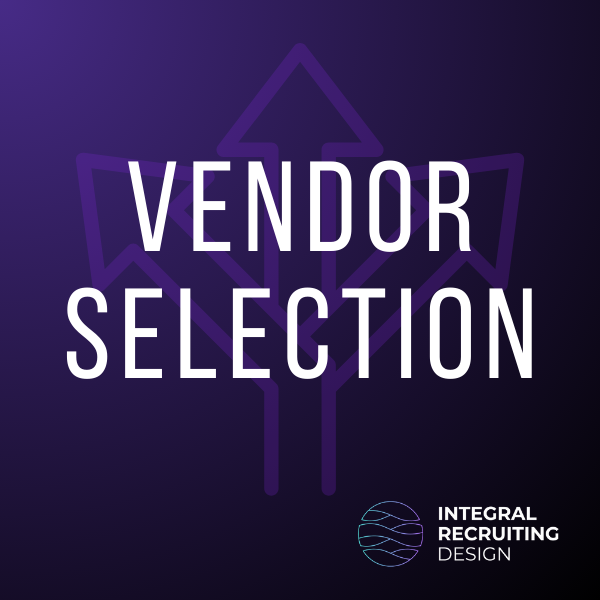iCIMS Consultant Tips: Child User Groups & Permission Setup
Picture this: you’re setting up your iCIMS user groups, and suddenly you need to give a child user group more access than its parent group. It’s like giving your teenager the car keys while you’re still taking the bus—counterintuitive, but sometimes necessary.
That’s exactly what I tackled in a recent office hours session, and let me tell you, it was more enlightening than a concert under stadium lights.
The Permission Paradox
Traditional user group hierarchies work like a family tree—permissions flow down from parent to child, with each level getting a subset of what came before. It’s clean, logical, and usually works perfectly.
But sometimes your organizational structure doesn’t fit that neat little box. Maybe your recruiting coordinators (child group) need access to certain reporting features that your hiring managers (parent group) don’t require. Or perhaps compliance demands that specific roles have broader system access regardless of their hierarchical position.
This is where experienced iCIMS consulting becomes invaluable—understanding these nuanced permission structures can significantly impact your system’s effectiveness.
The iCIMS Approach: Flexibility Without Chaos
Here’s where iCIMS shows its true colors—like Venom’s symbiotic adaptability, the platform can handle these permission inversions without breaking a sweat.
The key is understanding that iCIMS permissions aren’t just about inheritance. You can configure child groups with expanded access while maintaining security boundaries that make sense for your organization.
Breaking Down the Strategy
Start with Your Why
Before diving into configurations, map out exactly why your child group needs additional access. Document the business case, compliance requirements, or operational needs driving this decision.
This isn’t just good practice—it’s your lifeline when someone questions why the structure looks “backwards” six months from now.
Configure with Intention
In iCIMS, you can grant specific permissions to child groups that their parent groups don’t possess. Think of it as giving each group a specialized toolkit rather than a hand-me-down collection.
Navigate to your user group settings and focus on the specific permissions that need to be elevated. The platform allows granular control over everything from candidate access to reporting capabilities.
For organizations managing complex permission structures, our iCIMS consulting services team regularly handles these advanced configurations to ensure optimal system performance.
Test, Then Test Again
Permission changes can ripple through your system like a killer whale’s sonar—powerful and far-reaching. Set up a test environment where you can validate the new permissions before rolling them out to your production system.
Have users from both groups log in and test their access levels. What works in theory doesn’t always work in practice, and it’s better to catch issues in testing than in the middle of a hiring blitz.
Real-World Applications
We walked through several scenarios where this configuration makes perfect sense:
- Compliance-heavy industries often require specific roles to have broader audit access regardless of their position in the organizational hierarchy.
- Specialized recruiting teams might need advanced search capabilities that general hiring managers don’t require.
- Training environments where new users need expanded access to learn the system without impacting day-to-day operations.
The Technical Sweet Spot
The beauty of this approach lies in maintaining security while enabling flexibility. You’re not breaking the system—you’re customizing it to fit your unique operational needs.
Remember, iCIMS permissions are additive within groups. A user inherits all permissions from their assigned groups, which means you can layer access strategically without creating security gaps.
Proper implementation and configuration of these permission structures during initial setup can prevent headaches down the road and maximize your iCIMS ROI.
Making It Stick
Once you’ve configured your expanded child group permissions, document everything. Create a permissions matrix that clearly shows who has access to what and why.
This documentation becomes crucial during audits, system updates, or when onboarding new team members who need to understand your unique setup.
The Bottom Line
Sometimes the best organizational structure isn’t the most obvious one. iCIMS gives you the flexibility to create permission hierarchies that serve your business needs rather than forcing your business to conform to rigid technical limitations.
Like any good system configuration, it requires thoughtful planning, careful implementation, and ongoing maintenance. But when done right, it creates a seamless user experience that supports your team’s success rather than hindering it.
The next time you find yourself needing to flip traditional permission hierarchies, remember: you’re not breaking the rules—you’re writing better ones. Whether you’re working with an iCIMS consultant or managing the system in-house, understanding these advanced permission strategies can dramatically improve your platform’s effectiveness.
For organizations looking to optimize their iCIMS investment, consider exploring iCIMS optimization services to ensure your permission structures align with your business objectives.
Want more insights like these?
FAQ
Q: Can child user groups have more permissions than their parent groups in iCIMS?
A: Yes, iCIMS allows child user groups to have expanded permissions beyond their parent groups. This flexibility enables organizations to create permission structures that match their specific operational needs rather than rigid hierarchical limitations.
Q: How do I test permission changes before implementing them for all users?
A: Set up a test environment where users from both parent and child groups can log in and validate their access levels. This allows you to identify and resolve any issues before rolling out changes to your production system.
Q: What should I document when setting up complex permission hierarchies?
A: Create a comprehensive permissions matrix that clearly shows who has access to what features and why. Include business justifications, compliance requirements, and any special considerations for future reference during audits or system updates.
Q: When should I consider working with an iCIMS consultant for permission configuration?
A: Consider iCIMS consulting when dealing with complex organizational structures, compliance requirements, or when you need to maximize your system’s ROI through advanced permission strategies that require specialized expertise.
Q: How do expanded child group permissions affect iCIMS ROI?
A: Properly configured permission hierarchies can significantly improve iCIMS ROI by ensuring users have appropriate access to features they need while maintaining security. This reduces training time, improves user adoption, and streamlines recruiting processes.




